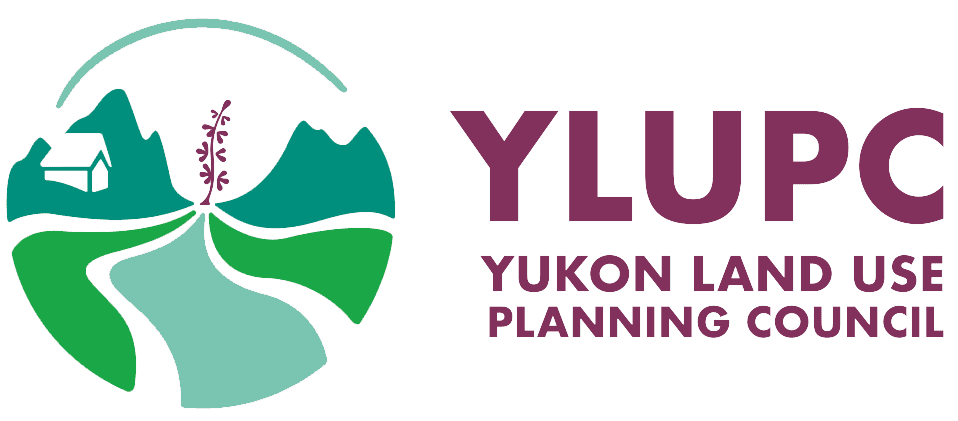The principles incorporated into regional land-use planning in the north had their antecedents in a Federal Government Green Paper produced more than thirty years ago. This document ambitiously spoke of the biosphere, sustainability, and incorporation of local populations into decision-making processes as key components of northern regional land-use planning.
The relatively recent evolution of geo-technology (utilizing GIS and remote sensing) provided the tools to approach the ideal articulated thirty years ago by providing the capacity to synthesise a vast range of baseline data over large areas, produce constraint maps, facilitate scenario building, and incorporate stake-holder input and evaluation. Technically the Vuntut and the Peel Region Land use plans produced under the auspices of Yukon Land-Use demonstrate the ability to technically incorporate a range of constraints and values into complex planning for large regions.
However the reality is that few plans in the north have reached fruition, and there is a dislocation between the successful technical production of a plan as a blue-print for the desirable future and what might be described as the political process of walking a plan from inception to implementation. This is partly a failure of political will and partly results from misconceptions about the nature and value of land-use planning in the north. Resistance comes variously from those who believe that planning and economic development are incompatible, from those who believe that land-use plans are immutable, and those who argue (not without justification) that plan production is too time consuming. The remedy lies in demonstrating the necessary role of regional planning in serving all land users by increasing certainty about land-use disposition and in ameliorating land-use conflict. It lies in making it clear that land-use plans are mutable and are capable of responding to changing circumstances and values, and to do this a mechanism is required that continually reviews performance, reviews land-use proposals for compatibility with the plan and makes adjustments when appropriate. It also lies in revisiting and reviewing land-use planning agreements to increase the efficiency of planning processes without compromising the initial intent of those agreements.
The need for LUP will not go away. Indeed, as climate changes and habitats change and demand for non-renewable resources remains ever present the potential for land-use conflict in northern Canada and the circumpolar north will increase. Orderly large scale planning is the only tool, which applied at the large scale can anticipates and ameliorates potentially costly and disruptive conflicts.
